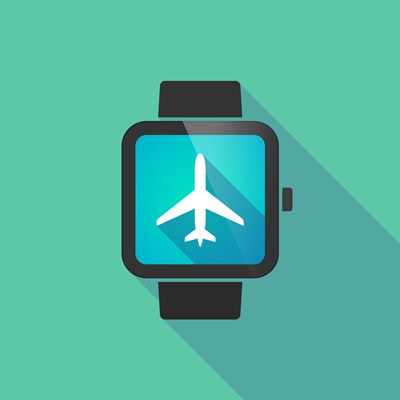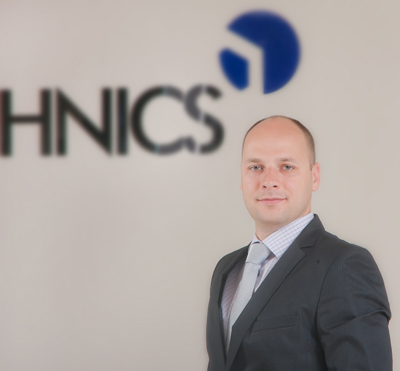 Today, MROs are faced with an unprecedented numbers of aircraft, which means that servicing the entire aviation industry has become more challenging than ever. As a result, wearable technologies have recently started to become essential components for the future of MRO. The availability of Android watches and Google Glass, despite them being commercial flops, allowed technologists to experiment with use cases and form factors. However, it’s the launch of next-generation devices in that – although not guaranteed to be any more commercially successful – points to a more interesting wearable market future…and more headache for the training providers.
Today, MROs are faced with an unprecedented numbers of aircraft, which means that servicing the entire aviation industry has become more challenging than ever. As a result, wearable technologies have recently started to become essential components for the future of MRO. The availability of Android watches and Google Glass, despite them being commercial flops, allowed technologists to experiment with use cases and form factors. However, it’s the launch of next-generation devices in that – although not guaranteed to be any more commercially successful – points to a more interesting wearable market future…and more headache for the training providers.
As mobility is reaching a state of ubiquity in aircraft maintenance, the attention of the industry players is now turning to the next big thing in mobile aviation IT – wearable technology. In fact, last year Gartner has predicted that the wearable market will be worth $10bn by 2016, and the shift is already starting to get noticeable. Currently some airlines are already experimenting with smart glasses to equip their mechanics with an augmented view of their surroundings, exposing meta-content to their wearers and delivering the promise of hands-free maintenance. For instance Japan Airlines have tried using Google Glass in the maintenance process. The glasses are worn by engineers working around the aircraft on the tarmac, allowing images of the aircraft to be sent to maintenance specialists for assessment who then feed any issues they see back to the engineer on the ground.
The first thing mechanics usually like about the new technologies is the speed at which IT is delivering solutions to them. In fact, practical applications of wearables, such as Pebble Watch and Google Glass, have shown that technicians and mechanics get better results when working around aircrafts. At the same time, however, the key to successful worldwide implementation of such innovations lies in ensuring the technology focuses on the end users’ requirements.
“Considering the pace at which the aviation industry has been developing over the last years, wearable technology has massive potential to reinvent the working process across many different industries. For instance, augmented reality shows a lot of promise for aircraft MRO, and virtual reality may benefit training or simulation use cases. There already are solutions for Android, iOS and Windows platforms that deliver a mixture of both immersive user experiences and real-time views of the user’s surroundings, with more definitely to follow,” shares Kestutis Volungevicius, the Head of Engineering and Training at FL Technics. “However, although multiple applications have already shown the advantages of using wearables in different industry sectors, including MRO, the key to making the most of cutting-edge technologies is to create a sustained behavior.”
many different industries. For instance, augmented reality shows a lot of promise for aircraft MRO, and virtual reality may benefit training or simulation use cases. There already are solutions for Android, iOS and Windows platforms that deliver a mixture of both immersive user experiences and real-time views of the user’s surroundings, with more definitely to follow,” shares Kestutis Volungevicius, the Head of Engineering and Training at FL Technics. “However, although multiple applications have already shown the advantages of using wearables in different industry sectors, including MRO, the key to making the most of cutting-edge technologies is to create a sustained behavior.”
Recent data from supply chain consultant company Endeavor shows that consumers actually tend to get bored with wearable technology within months of ownership. In fact, research shows that one-third of American consumers stopped using specific wearable technology within six months. So education and habit formation are the key issues here. If the user knows that the technology can enhance their daily activities, then they are more likely to adapt to it. Continued use makes the technology natural, and the user feels they cannot do their job without it. Other workers see this as the norm and have a social motivation to adopt the technology. The result is that wearable technology blends into the everyday and becomes less alien.
“By integrating the solutions available on today’s market with wearables and helping users understand the benefits of using the latest technologies, MROs will be able to implement effective operational strategies, which will have a positive impact on the future of MRO, eventually having positive impact on the entire MRO ecosystem. Needless to say, finding the best way to address challenges related to training the personnel in using such technologies all need to be explored and resolved in order to deliver measurable value to users,” concludes Kestutis Volungevicius, the Head of Engineering and Training at FL Technics.





